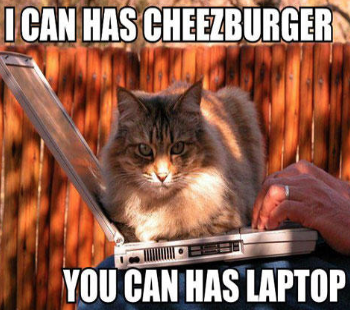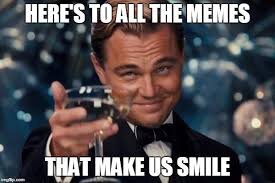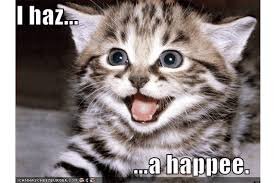The evolution of memes
By Justin Veimau ‘20
Memes have woven themselves into popular culture, but where did they come from, and what makes a meme a “meme” anyway?
The term “meme” dates back to 1976, coined by evolutionary biologist Richard Dawkins in his book “The Selfish Gene.” A “mimeme” is derived from an ancient Greek word “mimos” which means “to imitate something.”
“Memes propagate themselves in the meme pool by leaping from brain to brain via a process which, in the broad sense, can be called imitation,” wrote Dawkins. “They compete with one another for limited resources: brain time or bandwidth. They compete most of all for attention.”
Even before the internet, memes existed. According to Dawkins, any “Ideas… Tunes… Catchphrases… Images…” that have spread from person to person are considered memes. For example, as early as 79 A.D., there was a palindrome called the Sator Square that was found in Italy, France, and as far as Syria. While it was obviously not called a meme, it is the earliest example of what fits the definition now.
In the early stages of the internet meme, it wasn’t your typical image with a humorous contextual blurb. One of the pioneers was a GIF of a dancing baby. Created in 1996, the dancing baby meme burst onto the scene.
The early 2000’s saw a rise in cat memes.
The 2000’s also introduced the infamous Rick Roll, a joke involving Rick Astley’s “Never Gonna Give You Up.” With the larger platform of the internet, and the relatively lighthearted humor appeal working for it, memes exploded onto the scene.
Sophomore and self-proclaimed meme expert Dillon George commented on the reason for mimes have risen in popularity.
“They’re funny, they’re easy to make… So I think more and more people want to make them, and spread them. And as there are more and more things to make memes about, they become more popular.”
This is exactly what happened. As time progressed, particularly into the second decade of the 2000’s, memes moved from funny pictures of cats and music to satirize pop culture, politics, sports, and any topic you can think of.
Another development was the meme template. The template is generally a picture which gives amusing context for a picture. Early on, the template was one picture, like the cat memes before.
But as memes evolved, so did their templates. Now, meme templates will generally feature two or three different pictures.
Memes aren’t always the old picture and caption, however. Memes such as the screaming goat went viral a while back, as well as the intervention man crying, and Nyan Cat. These memes helped pave the path for memes today, and for that, we are thankful.








